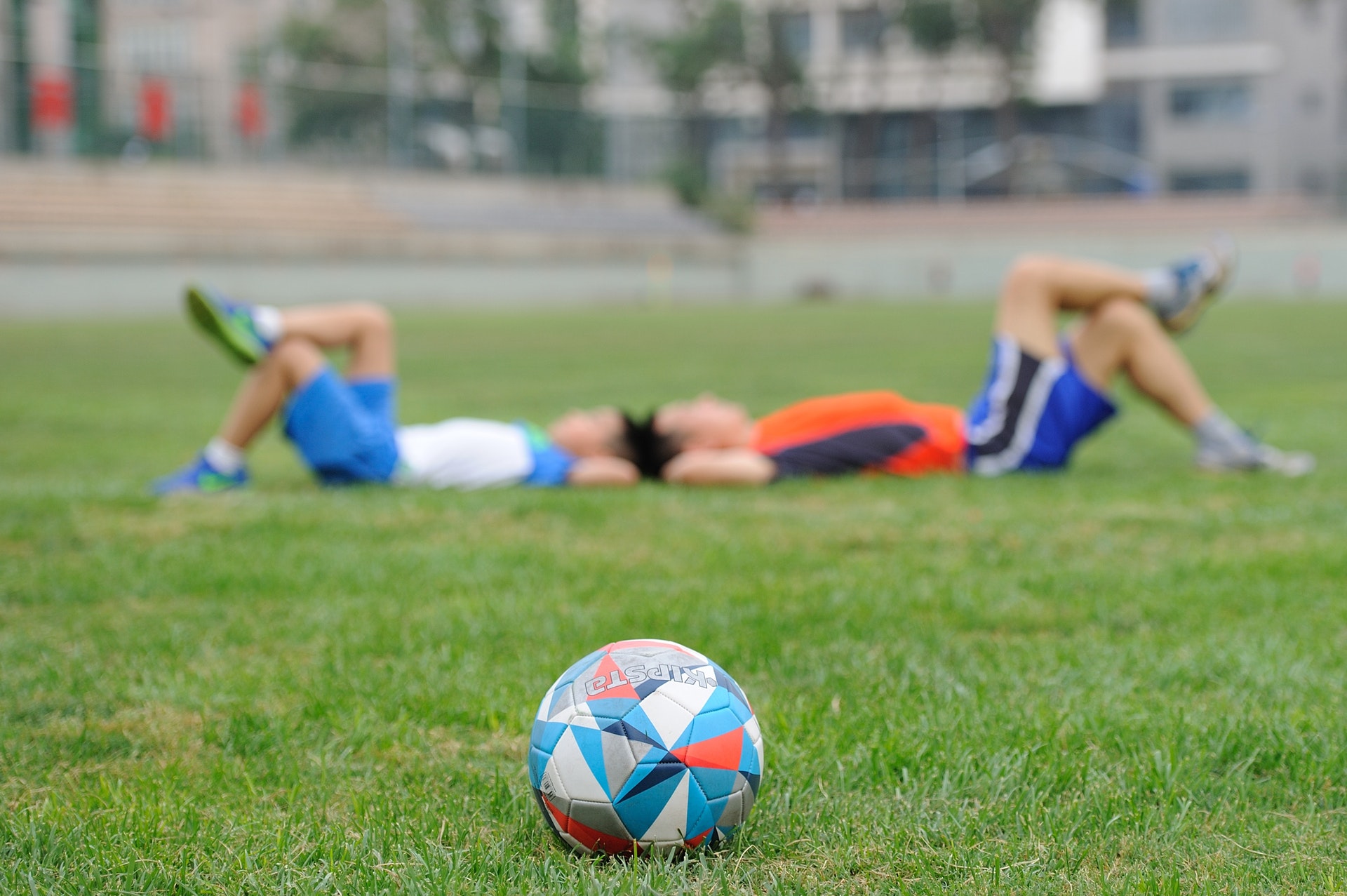Introducing your child to sports is a healthy and sociable way to keep them active and cut their risk of obesity. When you have smaller children, in the 1- to 3-year-old range, most traditional sports aren’t really an option — but you can still pique their interest. Running, swinging or even tumbling are perfect starting points for the toddler age group.
Gymnastics Can Enhance Physical Performance In Other Sports

Some studios have classes for 2-year-olds and, while this can be fun, when it comes to following the instructions and proper participation, they may be too young to grasp what’s going on. About 3 years old is a good time to start introducing gymnastics. Once they hit 4 years old, they’ll be more attentive and able to perform the moves required.
Gymnastics builds and improves your child’s physical skills in such a way that it actually enhances their performance in other sports. Strength, agility, balance, and flexibility are some things you can expect your child to gain from taking gymnastics. You’ll also see developments in their confidence and coordination.
Competitive Swimming Offers Cardiovascular Health, Muscle Toning, & Team Spirit

If you’re looking for a low impact sport, competitive swimming is the way to go.
Your child should start with traditional swimming lessons. Understanding swimming basics and education in water safety is crucial.
Upon completion of their lessons, they may still need a bridge program to transition from taking lessons to joining a team. These are called “pre-teams” or “stroke schools”, they prepare children for team competitions by teaching them competitive strokes and running drills.
Soccer Boosts Muscle Mass, Coordination, and Confidence

During a typical game, the average player runs around seven miles as they try to score goals; the cardiovascular benefits are exceptional.
The running involved is a combination of sprinting and endurance running, which gives this sport anaerobic and aerobic capabilities. Your child will benefit from an increase in muscle mass and a decrease in body fat. Coordination skills will improve from using their feet to travel across the field with the soccer ball.
There’s strategy involved in soccer; figuring out how to out-maneuver one’s opponents sharpens the mind and can be carried over to other areas of life. Soccer is more than just a workout, it’s an excellent way to build self-confidence, strategic thinking skills, and teamwork.
Baseball & Softball

Baseball and Softball are both team-oriented sports. They are played similarly, there are still some differences, such as:
Bat size
Pitching techniques
The number of innings
Baselines
The basic physical requirements and the benefits present in both sports are the same. By participating in either game, your child will gain an increase in strength, endurance, mobility skills and improve their hand-eye coordination.
Tennis Improves Agility & Balance

There are numerous physical benefits to playing tennis. Aerobic fitness, fat burning, cardiovascular health, and muscle strengthening are all perks your child will experience.
Since frequent bursts of jumping, sprinting and lunging, followed by a recovery period are common, tennis is also an anaerobic workout. This allows the muscles to use oxygen efficiently.
Tennis can improve agility and balance with all the direction changes the body is forced to make in mere seconds to hit the ball. Your child’s mental focus will be sharpened. Tennis involves swift decision-making and concentration.
Basketball Can Be Played In Several Environments

Basketball is a popular and competitive way to keep your kids active. It can be played indoors or outdoors. You can play with a team or at home in the driveway – there are very few excuses not to practice.
Concentration, discipline, balance and endurance will continue to improve as your child continues to participate. This sport burns a great deal of calories and will strengthen your child’s muscles. Like in tennis, focus and split-second decision making is common. Jumping, lunging and frequent changes in the body’s direction are necessary to keep the ball from opponents and make baskets.


